A Hall effect sensor is a transducer that varies its output voltage in response to a magnetic field. Hall effect sensors are used for proximity switching, positioning, speed detection, and current sensing applications.
Fig : A wheel containing two magnets passing by a Hall effect sensor
In its simplest form, the sensor operates as an analog transducer, directly returning a voltage. With a known magnetic field, its distance from the Hall plate can be determined. Using groups of sensors, the relative position of the magnet can be deduced.
Frequently, a Hall sensor is combined with circuitry that allows the device to act in a digital (on/off) mode, and may be called a switch in this configuration.
WORKING PRINCIPLE
A Hall probe contains an indium compound semiconductor crystal such as indium antimonide, mounted on an aluminum backing plate, and encapsulated in the probe head.
When the Hall probe is held so that the magnetic field lines are passing at right angles through the sensor of the probe, the sensor gives a reading of the value of magnetic flux density (B). A current is passed through the crystal which, when placed in a magnetic field has a “Hall effect” voltage developed across it. The Hall effect is seen when a conductor is passed through a uniform magnetic field. The hall effect voltage produced is an indication of magnetic object passed around it. Hence the Hall effect voltage is the signal output and used to sense an object near it.
Also Read: Proximity Switch Animation
ADVANTAGES
A Hall effect sensor may operate as an electronic switch.
- Such a switch costs less than a mechanical switch and is much more reliable.
- It can be operated up to 100 kHz.
- It does not suffer from contact bounce because a solid state switch with hysteresis is used rather than a mechanical contact.
- It will not be affected by environmental contaminants since the sensor is in a sealed package. Therefore it can be used under severe conditions.
In the case of linear sensor (for the magnetic field strength measurements), a Hall effect sensor:
- can measure a wide range of magnetic fields
- is available that can measure either North or South pole magnetic fields
- can be flat
DISADVANTGAES
Hall effect sensors provide much lower measuring accuracy than fluxgate magnetometers or magnetoresistance-based sensors. Moreover, Hall effect sensors drift significantly, requiring compensation.
APPLICATIONS
Position sensing
Sensing the presence of magnetic objects (connected with the position sensing) is the most common industrial application of Hall effect sensors, especially those operating in the switch mode (on/off mode). The Hall effect sensors are also used in the brushless DC motor to sense the position of the rotor and to switch the transistors in the right sequence.
Smartphones use hall sensors to determine if the Flip Cover accessory is closed.
DC current transformers
Hall effect sensors may be utilized for contactless measurements of DC current in current transformers. In such a case the Hall effect sensor is mounted in the gap in magnetic core around the current conductor. As a result, the DC magnetic flux can be measured, and the DC current in the conductor can be calculated. The Hall effect was used to detect DC current in a superconducting DC transformer also.
Automotive fuel level indicator
The Hall sensor is used in some automotive fuel level indicators. The main principle of operation of such indicator is position sensing of a floating element. This can either be done by using a vertical float magnet or a rotating lever sensor.
- In a vertical float system a permanent magnet is mounted on the surface of a floating object. The current carrying conductor is fixed on the top of the tank lining up with the magnet. When the level of fuel rises, an increasing magnetic field is applied on the current resulting in higher Hall voltage. As the fuel level decreases, the Hall voltage will also decrease. The fuel level is indicated and displayed by proper signal condition of Hall voltage.
- In a rotating lever sensor a diametrically magnetized ring magnet rotates about a linear hall sensor. The sensor only measures the perpendicular (vertical) component of the field. The strength of the field measured correlates directly to the angle of the lever and thus the level of the fuel tank.
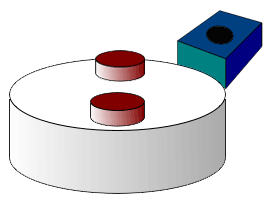

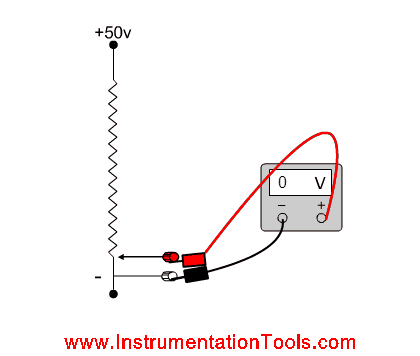
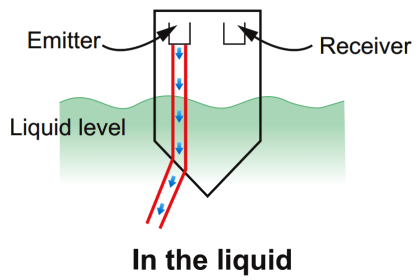

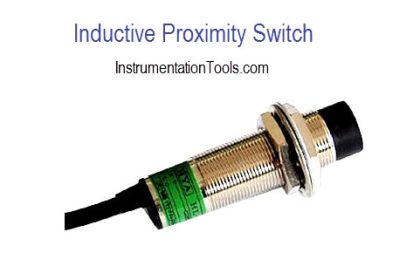


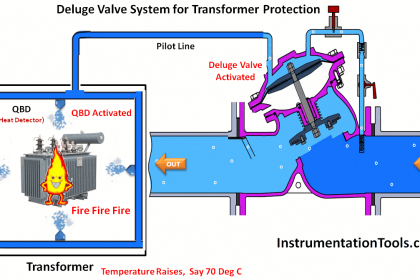

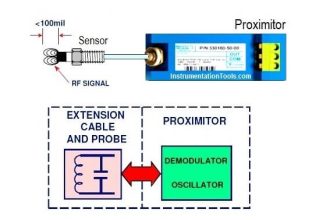
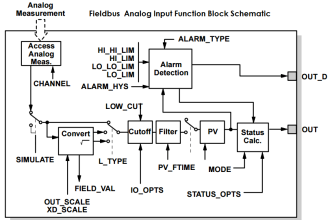

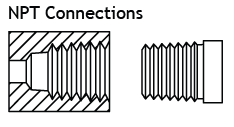
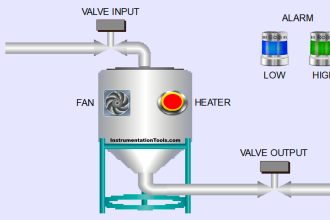
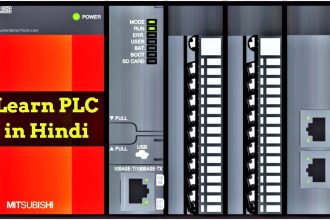
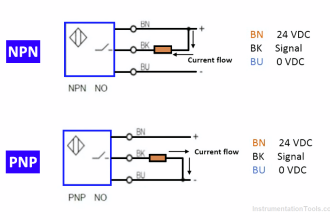

I think that hall effect sensor can used as a string based musical instruments .we can get audio signal(ac) by hall effect output